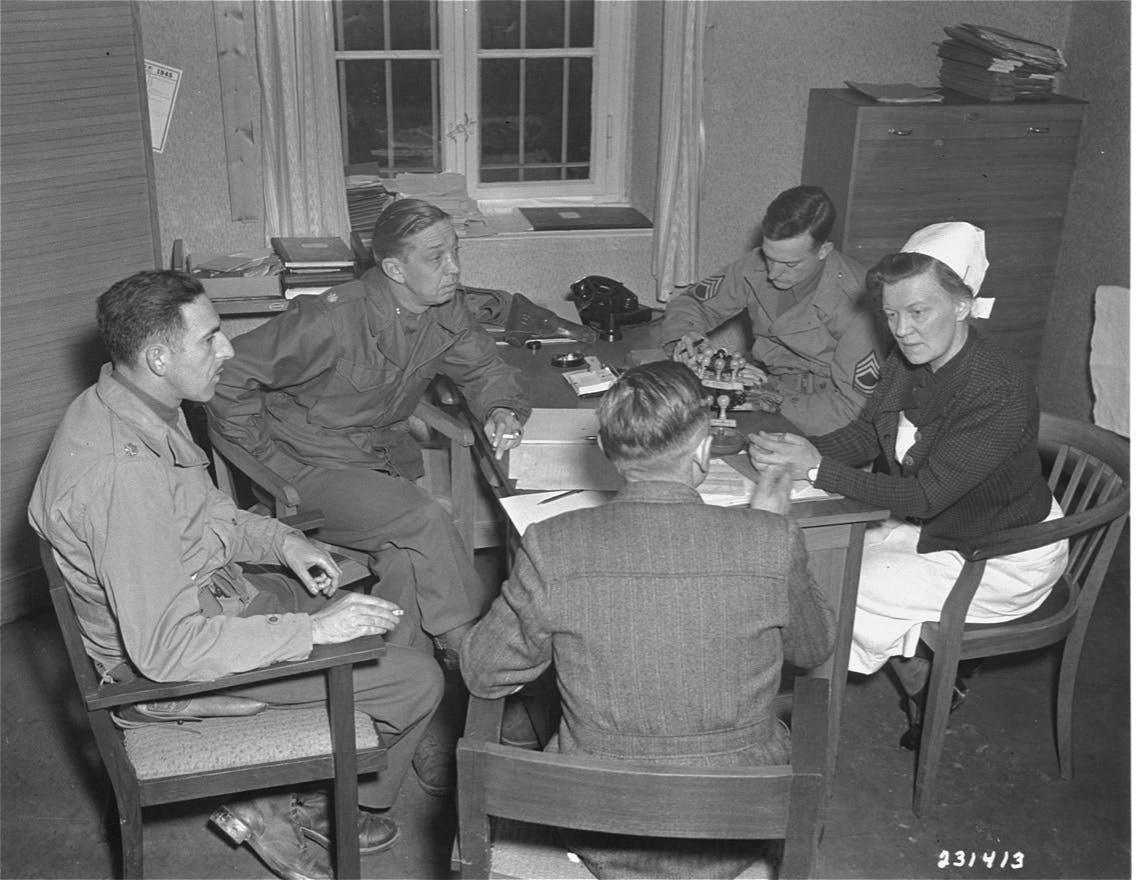
Content warning: Imagery and language presented in this archival material may be harmful or traumatizing to some audiences.
Stanford Libraries and the Stanford Center for Human Rights and International Justice are releasing two new collections of digitized war crimes tribunal records. Created as part of their shared Virtual Tribunals initiative, and timed to mark the 75th Anniversary of the Universal Declaration of Human Rights, these records focus on the tribunals convened by the United States Army in the aftermath of World War II to prosecute war criminals from Nazi Germany and the Empire of Japan. Classified for many decades and thereafter secured in difficult-to-access archives, vanishingly little research and writing has considered these records. This is the first time these records have been made available to readers and researchers in such an accessible and searchable form. Comprehensive in their content, digitized in high detail, and fully searchable, these collections offer tremendous new opportunities both for scholarship and the development of human rights by preserving and highlighting vital historical records.
The International Military Tribunal at Nuremberg and the International Military Tribunal for the Far East tried the senior leadership of the Third Reich and Imperial Japan, respectively, for initiating and waging World War II. The laws developed at these tribunals continue to be the bedrock of modern human rights and humanitarian law. The trials themselves, particularly Nuremberg, persist in the public consciousness and both have been the subject of much study by historians.
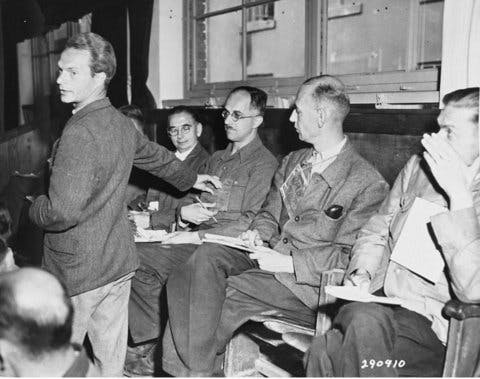
Few are aware, however, that these trials were but two of a constellation of criminal proceedings held after the war. Thousands of additional trials, administered as military war crimes tribunals, tried many more defendants. It was in these courts that the men and women responsible for the actual carrying out of the atrocities – the perpetrators who had laid their hands on the victims – were tried and judged. Foremost among these tribunals, both in scale and reach, were those administered by the United States Army. The Army held separate programs for the European and Asia-Pacific Theaters of Operations, in what would prove the largest ever war crimes programs conducted by the United States. Virtual Tribunals debuts records from both.
In the European collection, we present records from the “Dachau Trials,” so named because the Army chose to hold most of the trials on the grounds of the former concentration camp of Dachau. The largest war crimes program ever run by the United States, these cases provide a historical cutaway into the horrors perpetrated in the name of the Third Reich, ranging from the hell of the concentration camps to the callous murder of prisoners of war. These records reflect the accumulation of many thousands of first-person accounts by the victims, witnesses, perpetrators, and liberators of Nazi Germany. The stories reveal their lives – and how they intertwined with the deaths of so many others.
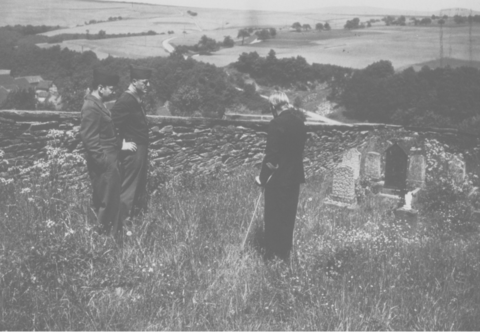
The European collection consists of the full pre-trial, trial, and post-trial records of 17 cases heard by the U.S. Army courts. Though they are a small sample of the 489 cases heard by these courts, these trials are among the most historically significant and jurisprudentially valuable of the cases. Alongside those full records, we present the Army’s reviews and recommendations on the outcomes of all 489 cases. These provide a summary overview of each case.
In the Asia-Pacific collection, we showcase the records of proceedings held in Yokohama and Tokyo in Japan, and Manila in the Philippines. Second only to the Dachau Trials in scale, the majority of the Yokohama cases concerned atrocities committed against Allied service personnel or civilians. Manila cases, by contrast, generally focused on atrocities against Filipino civilians. The Tokyo records detail the trials of two senior Japanese leaders who were tried after the completion of the International Military Tribunal for the Far East. Nearly all victims in these trials suffered deprivation and cruelty at the hands of the Japanese military, in locations across the vast sweep of the Asia-Pacific region. The cases presented here are a judicial chronicle of this pain, providing a richly detailed consideration of Japanese war crimes. These range from medical experiments performed on captured American airmen, to vicious reprisals against Filipino civilians for aiding guerilla fighters, to ceaseless beatings and executions of Allied soldiers used as slave-laborers in prisoner of war camps.
The Asia-Pacific collection consists of the full trial and post-trial records for 45 cases conducted at Yokohama, 20 cases held at Manila, and two cases at Tokyo. We also present the partial papers of a further 93 cases heard at Yokohama, mostly focusing on the sensitive post-trial and sentencing processes for convicted criminals. Additionally, and greatly strengthening the historical value of this collection, we present the complete record of all 312 reviews and recommendations made on the trials held in Yokohama.
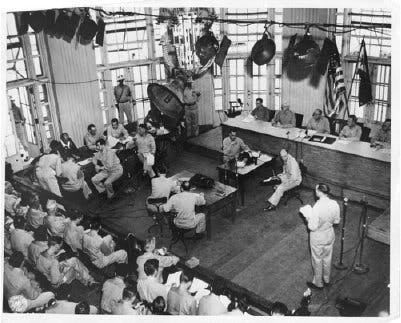
Together, the collections provide a remarkable insight into an extraordinary period of transitional justice. At the time, the U.S. Army was an army of occupation, attempting not only to force Germany and Japan to peacefully abide its presence, but also to compel its recently defeated enemies to reckon with their past crimes and, in so doing, supervise the reformation of Germany and Japan into just societies. It was partially through these proceedings – through law – that the transition would be recorded as a success.
Residing on the Stanford Digital Repository and accessible through Stanford Libraries’ Spotlight platform, both collections are fully searchable. The documents were scanned from microfilms created by the National Archives and Records Administration, and transformed into high-definition quality files. They feature full-text search using Optical Character Recognition (OCR) technology, which allows for granular searching access on the page level, and have been encoded with metadata to facilitate search and discovery across an array of subject fields. The collections are accompanied by richly detailed finding guides, which explain the underlying history of the trials as well as provide extensive indexes to facilitate research.
The two collections – titled “World War II U.S. Army Courts, Europe” and “World War II U.S. Army Courts, Asia-Pacific,” respectively – join two existing collections within the Virtual Tribunals stable, those being the full records of the International Military Tribunal at Nuremberg and the Special Panel for Serious Crimes, East Timor, a modern tribunal created by the United Nations. The digitization and display of all of these records is critical both for preserving history and for facilitating the future development of human rights and humanitarian law. Most war crimes tribunals have been held within temporary, ad hoc institutions, created for investigating and judging a specific set of atrocities, and closing on completion of their duty. Thereafter, their records are archived. The records usually being exclusively available on paper, they are accessible only on-site at physical archives, making them largely off-limits to readers and researchers and virtually inaccessible to the public. This near-embargo means that there is a considerable risk that the record of these tribunals – and the sought-after accountability for the horrors they uncovered – will disappear from memory.
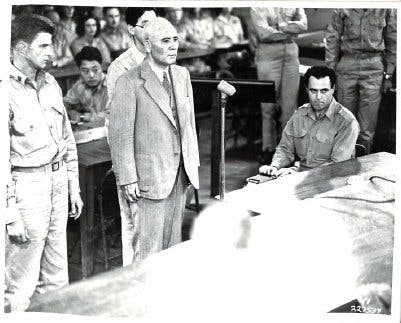
It is the hope of Virtual Tribunals that the digitization and display of these records will allow a much richer and more nuanced view of the history of the trials, of the atrocities that they chronicled and assessed, and of the people of post-conflict societies in whose name investigations and accountability were pursued. As tools of law, we hope the records preserved by Virtual Tribunals will give contemporary and future courts a clearer sense of the legal mechanisms on which they are building, and in doing so, lead to more cogent development of human rights and humanitarian law. As instruments of teaching, we hope these records will take researchers and students into the very heart of the development of human rights and international justice, allowing them to participate in uncovering and understanding that which made the world they inherit. Hopefully, with their writing of new histories, shall come the seeding of new ideas for strengthening human rights. Finally, as repositories of memory, we hope these records preserve and starkly frame history for the future, guaranteeing that knowledge shall not be lost. It is our wish that, by providing this portal into the past, we can grapple further with what it has meant – and will continue to mean – to protect and promote human rights.
About the Author
Michael Eastman is a human rights lawyer from South Africa. He serves as the lead researcher for Virtual Tribunals at the Center for Human Rights and International Justice at Stanford University.
About Virtual Tribunals
Virtual Tribunals, a shared initiative between Stanford Libraries and the Stanford Center for Human Rights and International Justice, seeks to make accessible the records of all international criminal tribunals. Virtual Tribunals is indebted to the National Archives and Records Administration and its archivists for the preservation and provision of the original records of the World War II-era courts.
Image credit
All photos courtesy National Archives and Records Administration. Cover Photo: American war crimes investigators question chief nurse Irmgard Huber about the mass killings that occurred at the Hadamar Institute in Germany during World War II. United States v Alfons Klein et al. NARA 111-SC-231413